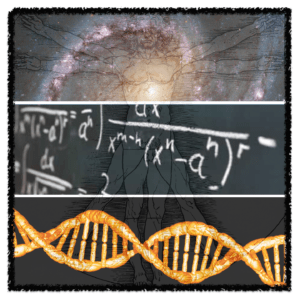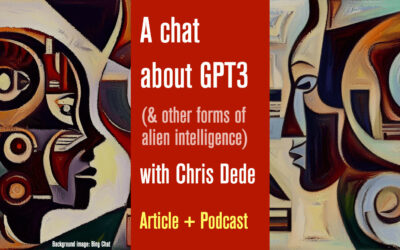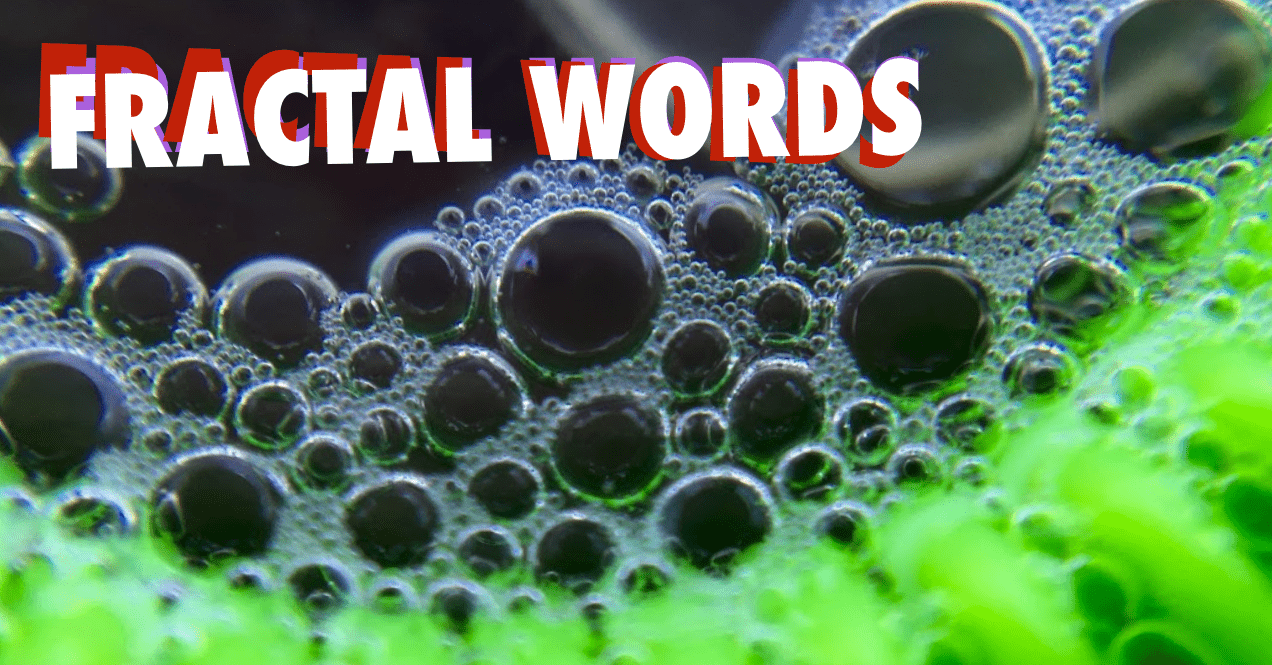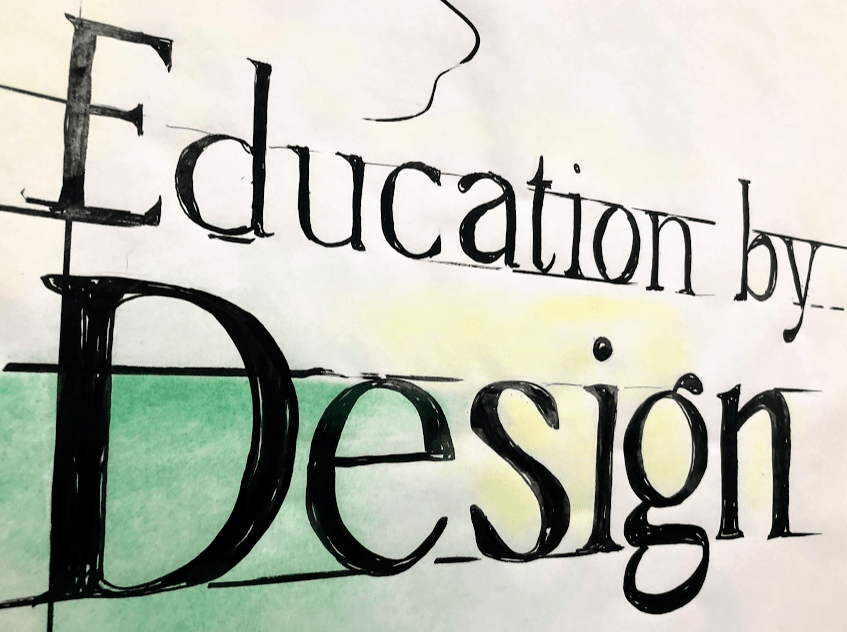Figure 1. “We are a way for the universe to know itself” – Carl Sagan
Science is one of the most powerful ways to engage with the beauty of the universe.
We use science to understand the cosmos and, in the process,
find beauty in our understandings and representations of it.
• • •
iWonder: Rediscovering School Science is a new journal of science education focusing on middle school science teachers, published by the Azim Premji University. The second issue of the journal just appeared – and it has the first article in a series titled Research to Practice, that I am co-editing with my colleague Angie Calabrese Barton. Written by Rohit Mehta and Sarah Keenan, you can find the article, complete citation and abstract below:
Mehta, R., & Keenan, S. (2016, June). Why teachers should care about beauty in science education. iWonder: Rediscovering School Science (1) 2, 83-86.
Abstract: This article explores the role of beauty in science education. The authors use research in science education to highlight the importance of teachers consciously making connections to aesthetic aspects in science. Caring about beauty in science can inspire a sense of wonder and curiosity among students.
Incidentally, one of the most fun parts of writing this article was having to create the illustrations that accompany the prose. Both these images were created with resources shared freely under Creative Commons licenses, and labeled for reuse with modification. The first illustration is given above (at the beginning of the blog post) and the second one is below.

Figure 2.Connecting across scales of beauty.
From the grandeur of the cosmos to the intricacies of sub-atomic particles,
beauty is all around us. These infinities (of the very small and the very large)
are bridged by the human intellect—the beauty of mathematics at work.






0 Comments
Trackbacks/Pingbacks